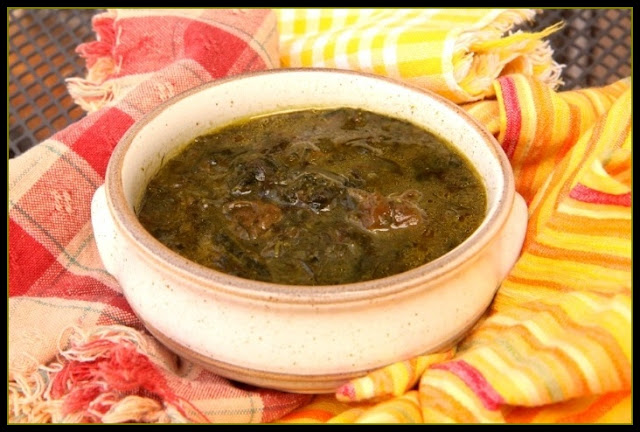Wild About - Trout
In the Rockies, it's easy to be wild about trout. Unlike the vast majority of wild foods, trout can be harvested year-round here. Even in deep winter, you can fish tailwaters - the water just below reservoirs, which doesn't freeze because it's coming from the bottom of the lake. I realize that mid-winter stream fishing isn't most people's cup of tea. But just think of the reward - primo eats, trout plucked from clean mountain waters. Considering the price of fish, a license pays for itself with just a few pounds.
And these trout look nothing like their sad, store-bought cousins. I glanced at the fish counter at the grocery the other day, and the fish they were calling trout were dull and pale and dry. Trout fresh from the ice cold waters of the Rockies are entirely different - rainbow trout live up to their name, brown trout are dappled in the colors of autumn, and brook trout (brookies are my favorite!) have flesh so taught and pink and and flavorful that once tasted, you'll never be able to get it out of your mind.
I was bewitched by brookies cooked over a campfire, after having bravely crawled out of my warm sleeping bag on a camping trip many years ago. And I've never had a finer breakfast. In fact, to this day, if I've got fresh trout, I'm likely to cook them for breaky, in an attempt to recapture that taste memory.
Pan-fried Trout
The vast majority of trout that come through my kitchen get pan-fried whole. It's an easy technique, and preserves the simple sweet meat, close to the bone. Begin by slitting the belly of the fish, and gutting it. After that, all you have to do is rinse it thoroughly, and you're ready to go. Trout don't need to be scaled, and they taste best when cooked whole, with heads and skin left on.
Salt and pepper both the inside and outside of the trout, then dust them with cornmeal. Fry them in a cast iron pan in a liberal amount of bacon grease on both sides until the flesh becomes opaque. Enjoy hot from the skillet while the skin is still crispy. And don't forget to eat the cheeks.
Trout Roe Caviar and Bottarga
 If it's the right time of year, and you're lucky enough to find roe in your trout, do not throw it away. In the very least, toss it into the frying pan briefly. However, it's fairly easy to make homemade caviar. Just strip the eggs out of the skein with your fingers (or push them though a sieve if you have one of the correct size), give them a pinch of salt and a pinch of sugar, and let them cure for a few hours. It really is that easy.
If it's the right time of year, and you're lucky enough to find roe in your trout, do not throw it away. In the very least, toss it into the frying pan briefly. However, it's fairly easy to make homemade caviar. Just strip the eggs out of the skein with your fingers (or push them though a sieve if you have one of the correct size), give them a pinch of salt and a pinch of sugar, and let them cure for a few hours. It really is that easy.But sometimes stripping roe from skeins is more work than I'd like to do, so instead, I like to preserve the trout roe in the style of bottarga.
To make trout roe bottarga, keep the trout egg skeins in tact, and pack them liberally with a salt which doesn't have chemical additives. Leave them in a cool dry place, rotating and flipping, until the roe is completely dried. Preserved in this way, bottarga keeps indefinitely.
So now you're asking how do you use your homemade trout roe bottarga? You've heard the Italian rule that fish should never be served with cheese, right? Well, that's where bottarga comes in. Grate just a bit of bottarga over fish dishes for a subtle, briney finish. Trout roe bottarga is also amazing with scrambled eggs, or grated into pasta dressed simply with olive oil and lemon juice, or served on a cracker with cream cheese.
I'm sharing this post with the Hearth and Soul hop hop hopitty hop, Real Food Wednesday, and Real Food Deals, and Pennywise Platter Thursday. Please visit the links.



